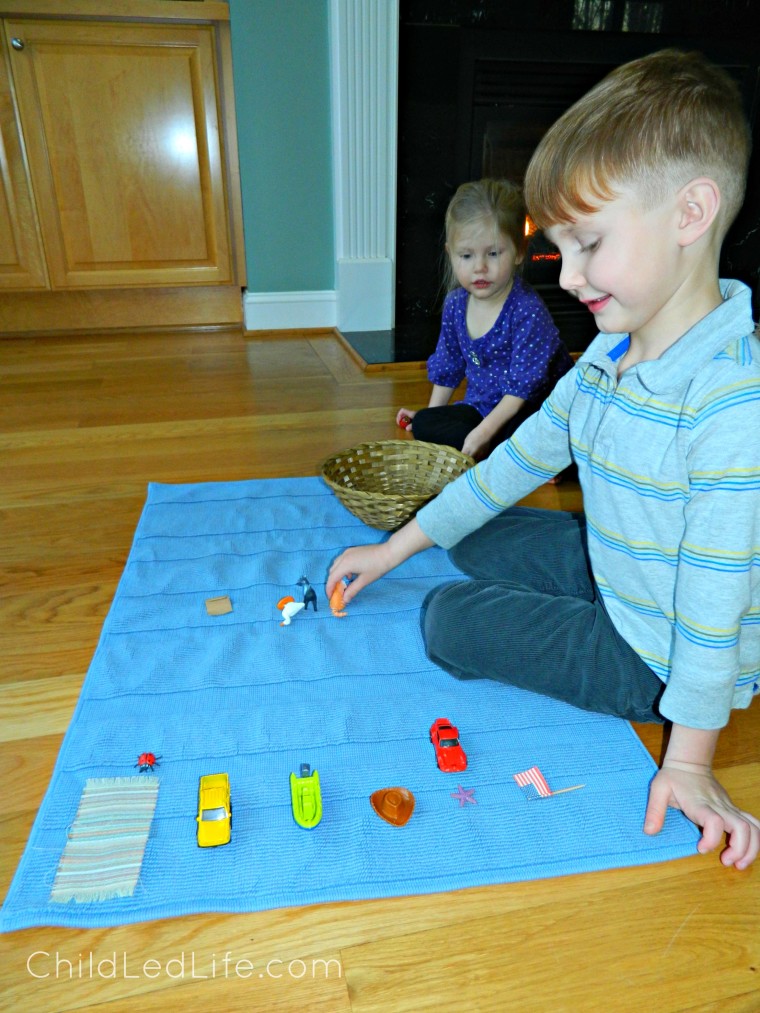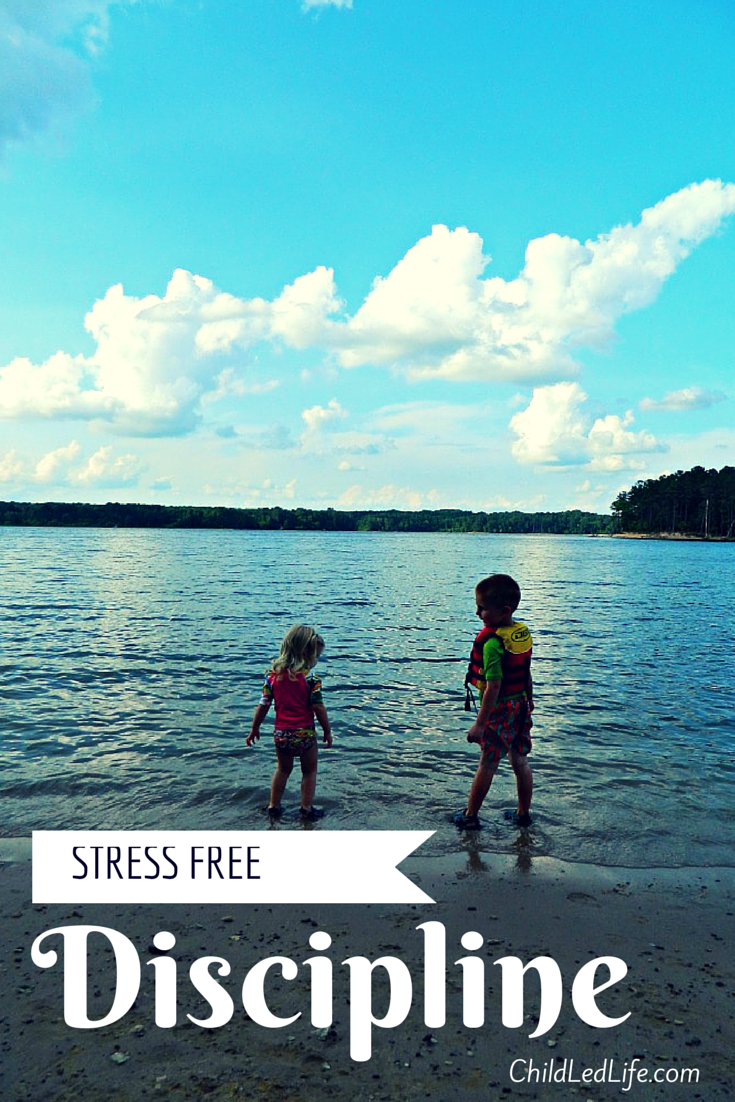Discipline is a constant struggle for many parents and teachers. I have shared with you a couple article on how we discipline our children, but today I want to share with you a VERY helpful webinar from Age of Montessori. The Freedom and Discipline webinar helps to understand how to teach your child self regulation as a basis for inner discipline.
“Let us always remember that inner discipline is something to come and not something already present. Our task is to show the way to discipline. Discipline is born when the child concentrates his attention on some object that attracts him and which provides him not only with a useful exercise but with a control of error. Thanks to these exercises, a wonderful integration takes place in the infant soul, as a result of which the child becomes calm, radiantly happy, busy, forgetful of himself and, in consequence, indifferent to prizes or material rewards.”
~Maria Montessori
It seems as parents we are in constant self study. I’m currently reading a book to better understand my growing son and diving deep into teaching reading lessons. I also want to be sure I have all the tools I need to help our children become life long disciplined members of society. Talk about pressure! Life long learns and life long disciplined people. Wow!
Webinars are a great way to learn new material. They are perfect to listen to while making dinner or crafting.
To be able to better understand how I can create an environment for my children to practice self regulation, I listened to Age of Montessori’s Freedom and Discipline webinar. The ladies that presented this webinar have many decades of experience teaching and mentoring in Montessori classrooms. It is so nice to have the wisdom of those that have gone before us to glean from. We don’t have to plunge through important life lessons on our own.
Topics Covered in the Webinar:
How to Stop Nagging, Reminding, and Coaxing children
Understanding Temper Tantrums/Emotional Outbursts
Tools to encourage problem-solving
Understanding the Motivations for Misbehavior
Considering the Power of Positive Reinforcement
Webinars are often used for teachers to receive professional development credits, but this webinar is just as relevant for parents at home. Jennifer Williams, one of the presenters, works with families in the home and has been a nanny using the Montessori method for over a decade. The webinar touched on how to implement techniques just as much in the home as in the classroom. If you are a stay at home parent like me, you will really benefit from this information!
I want to share with you a couple key lessons I learned from this webinar and hope you will listen to it full to ensure you can implement the concepts in your own home or classroom.
Balance
Freedom and discipline is a balance. Development is a journey and we need to show children the way. Prepared freedom is given to practice life long discipline.
Preparation
As with all Montessori works, preparing an environment for children to practice their self regulation skills is important. We want to engage their whole personality to maintain work and develop their concentration. This will lead to their own self discipline. Transitions are a difficult time for children and parents so create a routine to avoid unnecessary conflict.
Why Do We Discipline?
Society has created many myths about why we discipline. Some adults feel powerless when the child is in control of their actions. Some don’t believe their children are capable of self-direction or believe that obedience equates to respect. Understanding what the myths are helps us to move past them and help our child move toward inner control.
Practice
Dr. Montessori created a method in which we can create an environment where children can practice techniques necessary for life. Along with practicing tying shoes or making a snack, children need the opportunity to regulate their emotions. Although watching a child struggle with a task is hard for parents and teachers, it is the best way for children to practice life!
Emotional Intelligence
There are 3 parts to emotional intelligence: emotional, cognitive, and social. Emotional self regulation is the core of all success in learning and life. The ability to demonstrate self regulation is a key to enhance a child’s inner will.
As a parent, it is difficult to understand that the order I have created in my own life does not allow for inspiration in my children. I have had to learn how to let go of my need for structure and order to observe what my children need to be inspired.
Sleep
I found the discussion on sleep very interesting. Interestingly, the first 6 hours of a teenagers sleep is to maintain body health, but the last couple hours is the minds time to process and consolidate experiences from the day before. So teens that do not get enough sleep are not processing their emotions in full. It is so important for all children (and adults) to get enough sleep.
Be The Example
Children are always watching us. The best way to help them learn is to be the example. You can demonstrate self regulation by showing children deep breathing, maintaining hydration, and to think positively. As a child sees you implementing these techniques in your life they will be better equipped to handle their own emotions.
Slow Down
Don’t rush so much! Pausing to reflect on what is or is not working in your home is a key factor to creating a home environment for self regulated children. Allowing for unstructured play is essential for children to work through their own ways of problem solving and role playing. Samuel has done this a lot lately by requesting to play outside in the afternoons. It is beautiful to observe his self discovery!
Observing is a key to creating a peaceful home. I know how hard it is to stop all the chores life has for you, but slowing down and really assessing what your child needs will make life so much happier for you and them.
Ground Rule
Ground rules help children know exactly what is to be expected of them. Talk over rules with a spouse and important adults in your child’s life. Some examples of ground rule are to take care of living things and the environment, quiet voices inside, and always speak from the heart.
Remember to be the example. Children learn from watching what you do and standards should be the same for adults as they are for the children.
Teach Through Teaching
You are your child’s first teacher. They will always look to you for guidance and stability. We can give them all that by modeling how they should act and react. Remember to practice situations that would require grace and courtesy so children feel comfortable when situations arise.
The Freedom and Discipline webinar also had a question and answer session I’m sure you will find helpful.
I’m excited to share with you Age of Montessori’s newest webinar will be on Montessori and Attachment Parenting. This is a hot topic in the Montessori online world and something I get questions about all the time. I’ll be glad to watch and be able to add more tools to my parenting toolbox! So nice to have help in our most important role in life…parenting.
You May Also Like
Royal Road to Reading by Age of Montessori is a wonderful reading program designed for parents and teachers teaching reading to children ages 2 to 6. This is a muti-disc DVD teaching program to equip you with the know how to teach you child to read! I know you will love it. You can find me full review here.
Visit Marie @ Child Led Life’s profile on Pinterest.
Disclosure of material connection: This is a “sponsored post.” The company who sponsored it compensated me via a payment, gift, or something else of value to write it. Regardless, I only recommend products I use personally and believe will be as good for my readers. I am disclosing this in accordance with the Federal Trade Commission’s 16 CFR PART 255: “Guides concerning the use of endorsements and testimonies in advertising.





This is a wonderful post. I find that some people think of discipline as a punishment and even some dictionary entries state it as “the practice of training people to obey rules or a code of behavior, using punishment to correct disobedience.” but I prefer this definition instead, “activity, exercise, or a regimen that develops or improves a skill” and I find it sad that more people don’t look at it this way. Children need help understanding themselves and how to manage their emotions and their lives.
The webinar sounds great and I love the quotes by Maria Montessori that you include.
Again, I really enjoyed reading this . . . thank you for sharing your ideas.
Sheila @ BrainPowerBoy’ last post was: Pow! Zap! Boom! Superhero Picture Books for Boys
Wonderful post Marie! It’s hard finding the right balance between freedom and discipline and it can be really tough figuring out what to discipline for. I can’t wait to sit down and check out all the resources you shared in this post.
Alli’ last post was: New Planner Printables as You Requested!
Right now I need “understanding tantrums”! If there was an olympic event my daughter would be on for Gold! 😉
Clare’ last post was: Things to help you sleep – 5 “Good Night” tips for busy moms!
This webinar is exactly what I need to listen to! Thanks for this wonderful review.
Vanessa’ last post was: 3 DIY Montessori Inspired Sensory Habitats